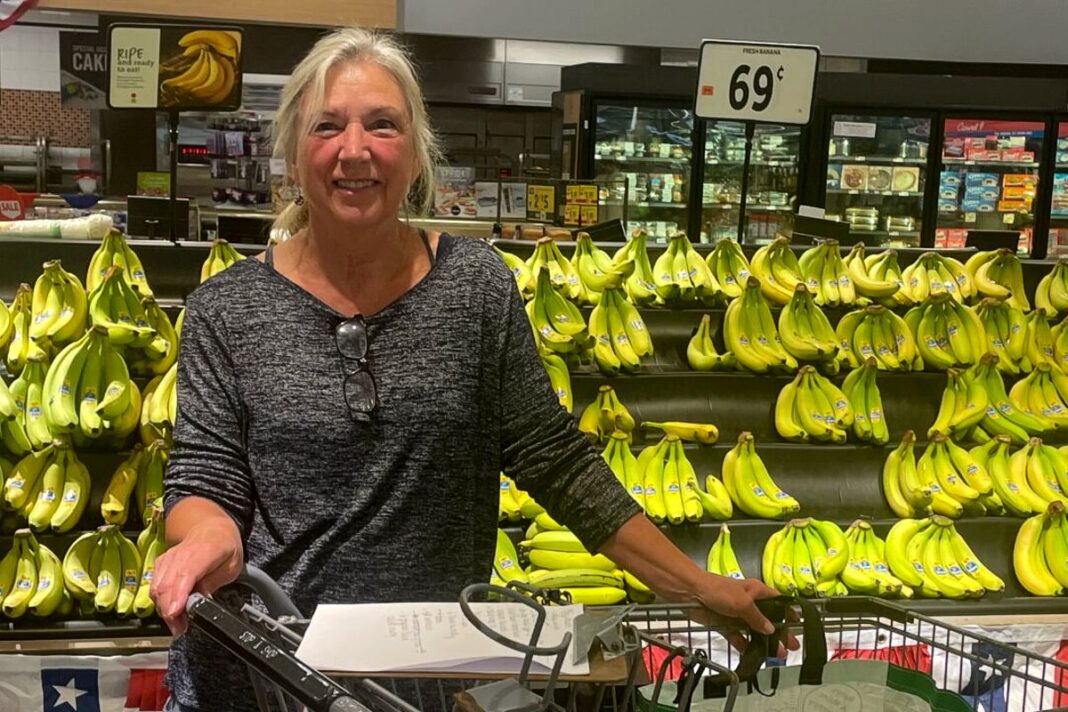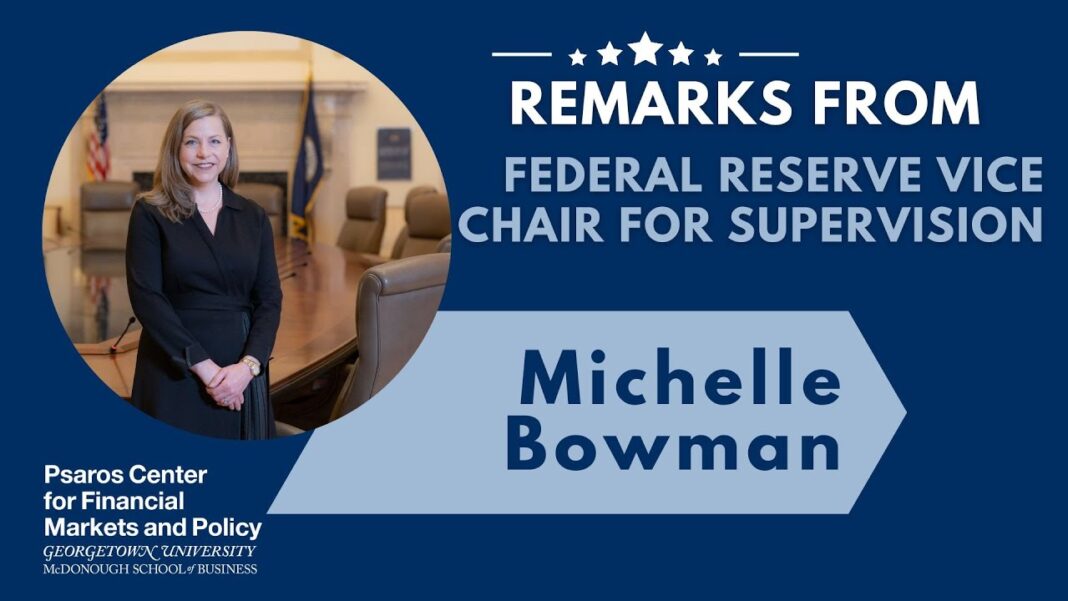Economic pressure is reshaping the traditional ‘9-to-5’ work routine, a report says.
Amy Marseglia, Nancy Turgeon, and Anne Savino have a lot in common: all three are full-time real estate professionals who also hold part-time gigs they’ve maintained for some time—and they’re part of a growing number of Americans reshaping the traditional “9-to-5” work routine.
According to a recent survey by background-checking company Checkr, 42 percent of surveyed said they held multiple jobs or had a side hustle, with 52 percent of Generation Z—those between the ages of 13 and 28—doing so.
The primary reason: a single job doesn’t meet their financial needs. Nearly 76 percent of respondents said that, due to inflated costs, their salary has less buying power than previous generations’, the survey shows.
“Economic uncertainty and the rising cost of living are reshaping how Americans think about work and how many jobs they need to make ends meet,” the release says.
The June 6 nonfarm payroll report by the U.S. Bureau of Labor Statistics also reveals that, as of May, 8.581 million Americans were holding multiple jobs—the highest number in May over the past 10 years.
Of that portion, 4.678 million worked a full-time job and a part-time secondary job, while others held two full-time positions or multiple part-time employment scenarios.
A ‘Red Flag’ Moment
Taylor Kovar, founder and CEO of Kovar Wealth Management and CEO of The Money Couple, told The Epoch Times there’s been a major uptick in people taking on side jobs over the past decade.
“Some people are juggling a full-time and part-time job to stay afloat, while others may pick up a second job temporarily to put toward a vacation, major purchase, or to lower credit card debt,” he said.
“I think technology is making it easier now with a lot of online freelance work or services like Etsy, Uber, or DoorDash.”
Kovar calls this a “red flag” moment for the economy. As a financial planner, his goal is to help individuals and couples reduce financial pressure through better budgeting, debt reduction, and creative ways to increase income.
“This trend also tells me that a lot of families are running leaner than they’d like, with little margin for any surprise expenses,” he said.
By Mary Prenon








